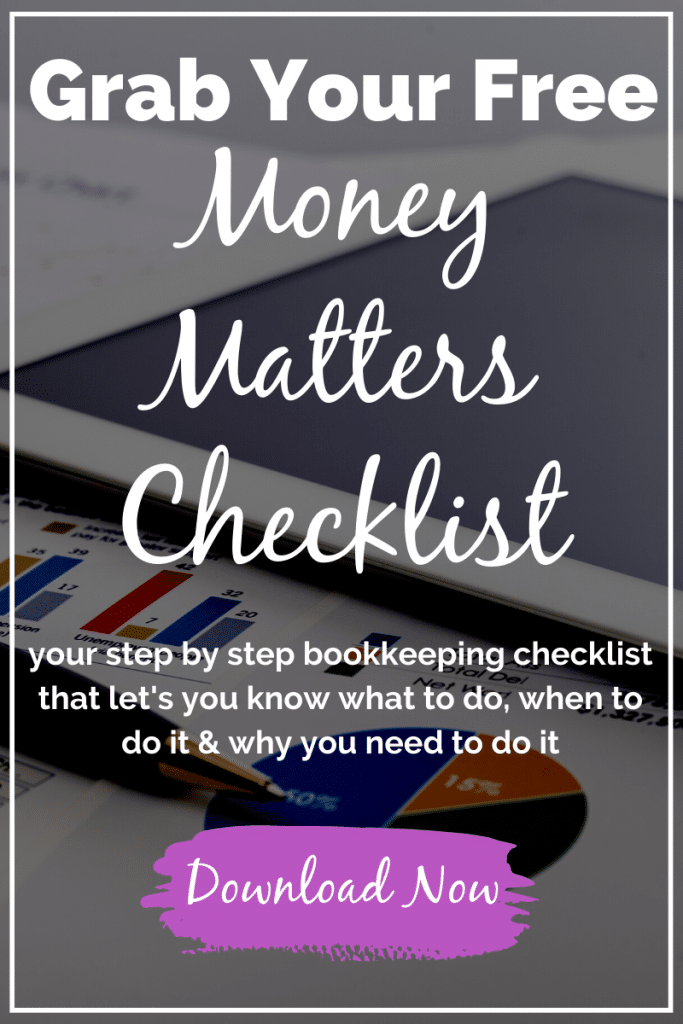Are you where you want to be in your business? Are you still sitting at the kiddie table? Or have you and your business grown up?
If you’re still at the kiddie table and you want to play with the big boys (and girls), it’s time for your business to grow up. Otherwise what’s the point?
Growing A “Real” Business From Nothing
There are stages to being in business. The more traditional ones go something like this… Startup, Growth, Mature.
The less traditional one, at least the one in my head, goes something like this…
hobby (making no money),
hobby (making a little money),
hobby/business (side-hustle/hobby making “decent money”) and
business (making enough money to support yourself & your family).
If you look closely, the traditional stages of growth and less traditional ones are similar but different. The difference is perspective.
A lot of business owners start with a dream. Starting off with a hobby that they are passionate about.
Something that they are good at then they get the bright idea to turn into a business…telling themselves, “hey, I could probably make money if I sell this service or widget thing that I made”… and they… YOU are off to the races. Right? WRONG!
A business can have all the bells and whistles that legally define it as a business but until YOU take action and really take it from fledgling idea to profitable endeavor…it’s just a hobby. (And the IRS will agree with me).
Let me explain. If you lose money year after year… your “business” that you take deductions for…the one that has never made any money?
Yeah, that one. That “business” may be in danger of being defined as *gasp* a hobby by the IRS. And when that happens you can say goodbye to those good old tax deductions.
We don’t want that… so let’s get going from hobby to business sooner than later.
The heart of any business and taking it to the next level is making more money than you’re spending…aka CASH FLOW.
What Is Cash Flow?
So what the heck is a “cash flow” and why do you need a good one? A POSITIVE ONE?
Cash flow as the name indicates is the cash flowing in and out of your business. You want to have a positive one.
Basically, you want to have more money coming INTO your business than you have going OUT of your business… making it a “positive cash flow” situation.
The more positive it is, the better as a positive cash flow is one indication that your business is a healthy one. And that’s a good thing.
What Impacts Cash Flow?
I kind of alluded to this already.
By definition, cash flow is the inflow minus the outflow of cash (or money) in your business.
So what impacts it? Anything that adds to cash or subtracts from it.
Typical cash inflows include: service fees, revenue, owner contributions (anything that increases your cash).
Typical cash outflows include: expenses, bill payments, owner distributions/draws (anything that decreases your cash).
How Do You Get Your Cash Flow Number?
A lot of folks just use their bank account balance as an indication of what their cash flow is but that number can be a little misleading.
The bank balance doesn’t take into account that you have outstanding items pending, like pending deposits or pending bill payments/debit card transactions.
So how do you figure it out?
First, before I start giving you algebraic equations, let’s make a few assumptions for simplicity’s sake.
Let’s assume that you only have one bank account to consider and you don’t have any credit cards.
Now, let’s just look at the flow of money coming in and money going out.
Without concerning yourself with the actual prior balance this number (money in minus money out) is your cashflow for the month (quarter or year or whatever period you’re looking at).
Cash flow:
flow of money coming in and out of your bank account
[deposits, etc] minus [payments, etc] = positive (or negative) cashflow
Why Is It Important To Monitor Your Cash Flow?
Like having a budget, knowing and monitoring your cash flow is important for planning purposes.
When you know when cash is coming in and going out… and where it is coming from and going to, you can plan large purchases and anticipate things.
Such as anticipating when you may need to tighten your business finance belt and when you may be able to breathe a little easier or take a vacation.
What To Do To Get To The Next Cash Flow Milestone
Want to get to your next cash flow milestone?
Here’s what you’ll need to do…pay attention to what’s working in your business and what’s not working. That may seem overly simplistic but why fix what isn’t broken?
Anyway, in order to do that, you actually have to look at your numbers more often than once a year when you check in with your tax accountant.
I recommend that you take a look at and evaluate your business’ progress at least quarterly (every 3 months) until your business is really thriving.
Once it gets to that stage, you should be checking in on your numbers monthly.
So there you have it. That’s it. The ins and outs of cashflow. If you aren’t checking yours regularly, at least check it quarterly. Have you checked yours for this year? How’d you do?
If you have questions, comments or need some help setting this up for your business, schedule a consultation or leave a quick comment below.
Until next time,
J
Editor’s Note – This post was originally written & posted May 2014. It’s been revamped to include a little more detail about what to look for.



Monitoring your cash flow not only allows you to better plan and budget for expenses, but it can identify leaks in cash flow and business fraud. When you track when the the cash is coming in and where it is going, you have a better handle on your transactions and allows you to see if something looks out of the ordinary. Better monitoring = better control of your cash.